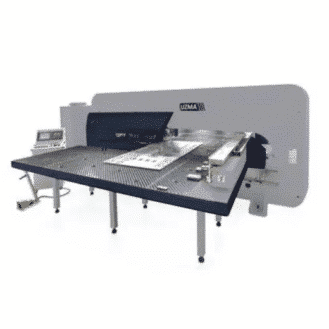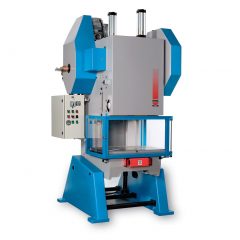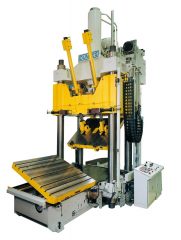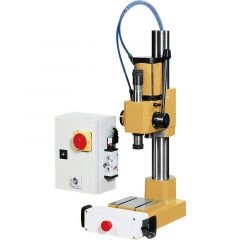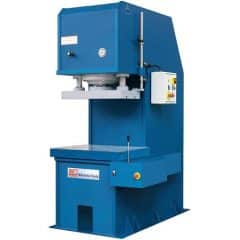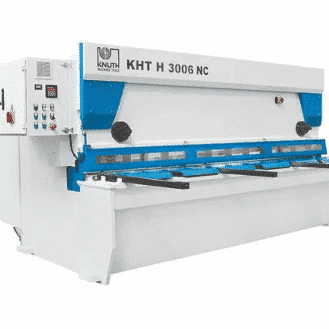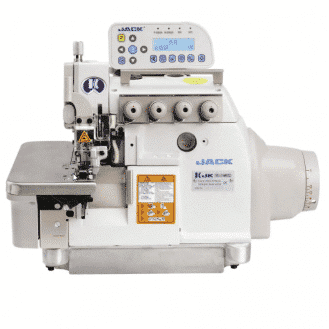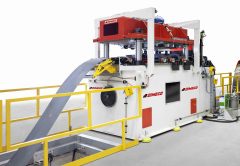
DIMECO press
In order to choose the right type of press, you first need to know if the machine will be used for:
You will also need to have a fairly accurate idea of the finished dimensions of the workpiece to be formed, and the dimensions of the parts to be handled for punching or riveting, in particular to be able to correctly choose the dimensions of the worktable and the press opening height.
You will then need to define the tonnage of the machine you require. This will depend on the type of material you will be working with, its thickness and the type of stamping to be performed (for example, the stamping depth or the cutting perimeter). The tonnage of the machine is usually expressed in kilonewtons (kN). There are presses from 5 kN (0.51 metric tons) up to 500,000 kN (50,000 metric tons).
Production requirements are also important to consider, whether they are unitary or small or large series. For one-off needs or small series, you might be interested in manual, mechanical or hydraulic presses, or even electric presses which also exist in portable models. For mass production, it is essential to know whether you need single striking or a repeated striking. In the latter case, you can consider transfer presses that allow you to carry out consecutive striking in a fully automatic manner.
All these criteria will allow you to choose the most suitable technology for your installation, whether it be hydraulic, mechanical or pneumatic.
